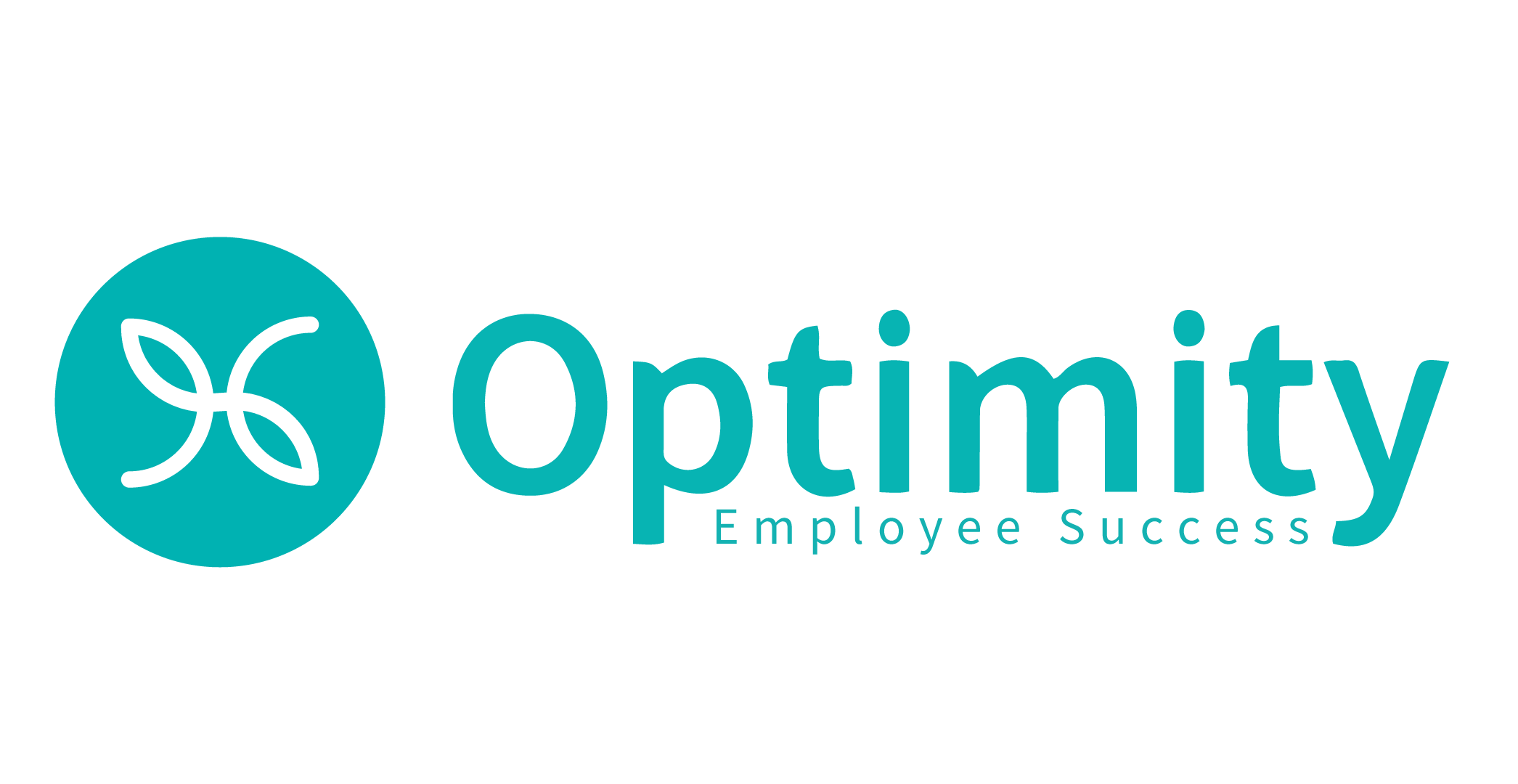Many employers have recognized that they can play a vital and influential role in assisting...
Proactive vs. Reactive Corporate Wellness Programs
To date, most people rely on reactive healthcare services, that is, they visit healthcare professionals only when a problem arises or a condition worsens. However, the benefits of a proactive healthcare approach can actually save more lives.

As the saying goes, "prevention is better than a cure." A proactive approach prepares the body even before you are ill and can reduce health costs over the years. When educating employees for a proactive healthcare approach, they need to be provided with detailed information about how to minimize their health risks, prevent impending health issues, manage existing chronic conditions and prepare for work-related emergencies.
Over 51.6% of Canadians over 20 has been diagnosed with some type of chronic disease. Lifestyle changes are one of the biggest contributors to conditions such as cancer, obesity, kidney problems, and cardiovascular and liver diseases. Stressful work conditions can cause common issues like back pain and insomnia, as well. It is roughly estimated that Canadians lose about $130 billion in productivity losses and $70 billion in direct healthcare costs due to chronic illnesses.
The top four illnesses that can decrease an employee’s performance are headache, flu, back pain and arthritis. Such conditions are not only detrimental to the individual, but they can indirectly impact their coworkers as well. For example, if they were to go on a sick leave, their coworkers' workloads may increase. Corporate wellness programs, however, can greatly reduce absenteeism, direct healthcare expenses and compensation claims and thus can provide an ROI of $1.40 to $4.70 for every $1 invested by the corporation. Breaking the fact sheet, the ROI for different programs for every $1 spent includes health risk assessments ($6.04), fitness programs ($4.90), wellness coaching ($4.50), smoking cessation ($3.50), flu shots ($2.10) and obesity management ($1.17).
Employers must keep in mind that their employees are their greatest asset, and need proper care. Besides a strategic implementation of effective wellness programs, regularly conducting health fairs boosts the productivity of your employees and helps to educate them on preventing and managing health issues.
Follow us on Twitter to stay current on the top cost-containment wellness strategies. To learn more about health costs that employers need to know check out this link: 10 Scary health cost stats that employers must know for 2017.
Abena is a Client Services Associate at Optimity. She graduated from the University of Toronto with a BSc in Global Health. She is passionate about human rights and health education, and hopes to develop tailored interventions to combat health inequities around the globe. Her interests include story writing, camping and exploring different cultures on her travels.



